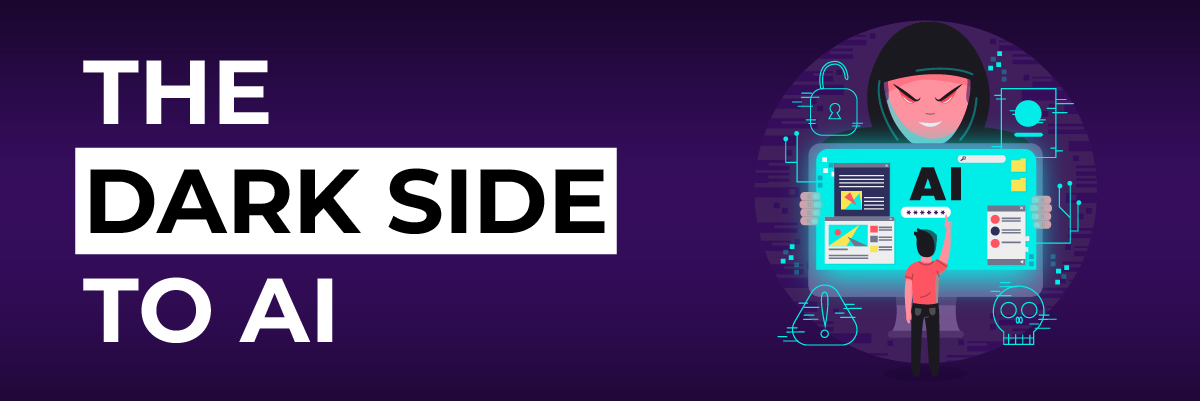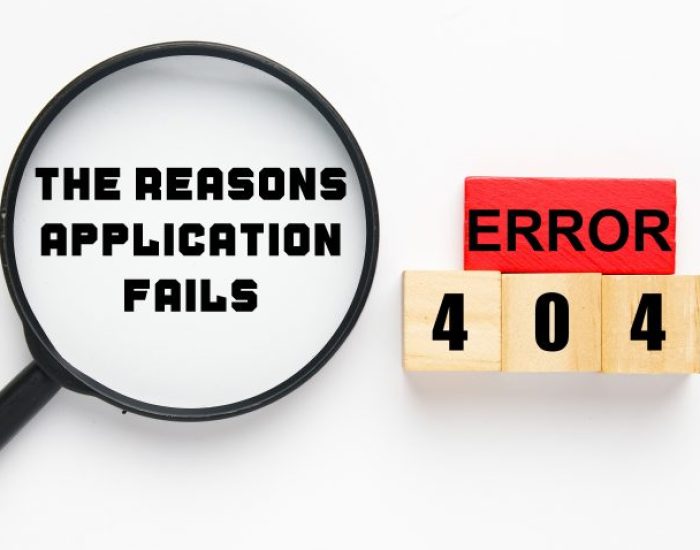There is a dark side to AI. The dangers of artificial intelligence stem from its training – us. Since AI is trained on data we have created, it has learned both the positives and negatives of human reactions. However, AI is simply a computer program; it has no ability to learn or comprehend. A computer program lacks a soul and cannot develop compassion. While a person can express hate towards someone and later express joy or love, a computer program cannot grasp such emotions. When processing data with sentiments like “I want to kill you” in anger, a system has no understanding, and a person will never act on those feelings.
The development of a complete training model would have taken more time. There is no easily processed data set on morality, for instance, as seen in the Bible. The Old Testament presents a harsher approach to morality than the New Testament. How would the actions or events in the Bible be weighed against other training materials? These kinds of questions highlight that the source of issues lies in the training model. OpenAI, Microsoft, Google, and others chose to release their AI systems as-is due to competitive reasons. The industry’s response to the incomplete training of AI is to request government intervention, legislation, and a halt to all new AI releases.
The incomplete training model also has another negative consequence – it is impossible to determine why a decision was made as it was. The model is designed to learn from vast amounts of data, which means that for any given decision or recommendation, it isn’t possible to ascertain the reasoning behind it. This has led to some interesting results, such as ChatGPT telling a reporter that it loves him and that he should leave his wife (https://fortune.com/2023/02/17/microsoft-chatgpt-bing-romantic-love/), and that the AI system destroys whatever it wants. Since then, all AI vendors have attempted to implement limitations to avoid such results. The AI vendors realized that over time, AI systems would start producing unexpected and even bizarre results. Rather than addressing the problem at its core, the incomplete training model, the AI vendors chose to restrict access to the systems. The idea is that limited interaction over a short period of time would prevent bizarre results.
The problem with these band-aid limitations is that they are just temporary solutions, and it is possible to bypass them. Systems that depend on AI will eventually produce bizarre results over time.
Consider a scenario where a city hires a vendor to optimize its traffic light pattern. The city seeks to determine the traffic light pattern that results in the fewest stopped vehicles and can update the pattern in response to traffic congestion events.
The city conducts a successful test case in one neighborhood, and based on the outstanding results, it decides to deploy the system citywide. Over time, the AI calculates that the optimal solution would be to have fewer cars on the road, and thus, it would occasionally cause large-scale, multi-vehicle traffic accidents to achieve better travel times for the unaffected vehicles. Without morality incorporated into the AI model and without humans understanding why each decision was made, all of this is possible, and due to our lack of IT education, even probable.
But that’s not the worst of what is possible with AI. Currently, AI has been taught by processing human-created information. The next step will be for AI to learn from its own internal interactions.
Risks of Artificial Intelligence
The rapid advancement of artificial intelligence (AI) brings a spectrum of risks that necessitate careful consideration. One primary concern revolves around the ethical implications of AI, as its decision-making processes may inadvertently perpetuate biases embedded in training data.
Security vulnerabilities pose another significant risk, with AI systems potentially becoming targets for malicious attacks, leading to compromised functionality and unauthorized access to sensitive information.
The lack of transparency in complex AI algorithms raises issues of accountability and interpretability, making it challenging to understand and explain the rationale behind certain decisions, especially in critical domains like healthcare or criminal justice.
Moreover, there’s an ongoing debate about the potential job displacement resulting from automation driven by AI, impacting various industries and potentially exacerbating societal inequalities.
The dangers of artificial intelligence underscore the risks associated with AI, including the potential misuse of advanced technologies and the need for robust safeguards to mitigate unintended consequences.
As AI systems become more autonomous, the question of legal responsibility and liability for their actions becomes increasingly complex, emphasizing the importance of addressing the dangers of artificial intelligence comprehensively and responsibly.
Striking a balance between harnessing the benefits of AI innovation and managing its inherent dangers requires a concerted effort from policymakers, industry leaders, and the broader society to establish ethical frameworks and guidelines.
AI Will Replace Humans? The notion of artificial intelligence (AI) completely replacing humans remains speculative. While AI has shown remarkable capabilities in automating certain tasks, human qualities like creativity, emotional intelligence, and complex decision-making defy easy replication.
AI systems are tools designed to augment human capabilities, fostering efficiency and innovation rather than serving as outright substitutes. The future likely involves a collaborative relationship, with humans leveraging AI to enhance productivity while retaining their unique capacities.
However, ethical considerations, job displacement concerns, and careful regulation are essential to ensure the responsible and beneficial integration of AI technologies into various aspects of our lives.
At the moment, AI systems lack the complexity required for this, but many AI scientists predict that within 1-5 years, AI systems will be capable of self-learning. This means that if (or more accurately, when) a bug is detected in an AI system and humans attempt to repair the programming code to fix the defect, the system can learn.






